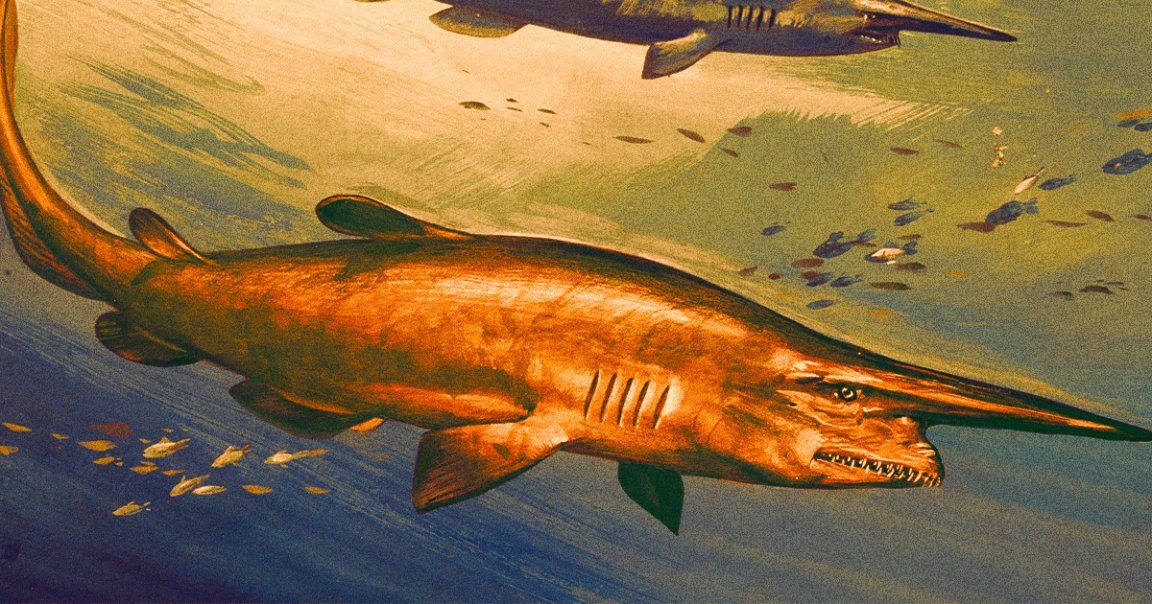
Some eager marine biologists thought they’d made a highly unusual discovery: an elusive goblin shark, spotted for the first time in the Mediterranean Sea. But those claims now seem to be swimming with the fishes. Why? Because their rare specimen could be no more than a prankster’s plastic figurine.
The researchers’ paper on the discovery, published last summer in the journal Mediterranean Marine Science, has incited some amusingly heated — and somewhat uncharacteristic — infighting in the scientific community. Some of the beefing has even spread to social media, with scientists and bemused onlookers alike all tweeting out their hot takes. Even better, the original authors doubled down with a — perhaps ill-advised — rebuttal paper.
“The fact that they had a rebuttal is what really, really got me hooked,” Vicky Vásquez, a deep sea shark expert at the Pacific Shark Research Center, told The Daily Beast. Vásquez opined that the specimen “looks like a very common toy.”
The drama deepened when, following the one-two punch of Gizmodo’s reporting and then the Beast‘s story being published, the paper appears to have been retracted.
Only a recovered goblin shark specimen would warrant this much controversy. As bizarre as they are mysterious, goblin sharks frequently lurk at some of the darkest depths of the ocean and are rarely spotted by humans.
They look about as terrifying as you’d expect a deep sea monster to be, at over eight feet long, endowed with a swordlike snout, and brandishing a gnarly, extendable jaw straight out of a horror movie.
This alleged specimen, though, would appear to be a far cry from a creature known to haunt both the depths of the ocean and the nightmares of thalassophobes.
To say that there’s been some red flags raised from the findings would be an understatement.
For one, the scientists didn’t actually physically recover the specimen. Instead, they were working off of a single photo, taken by a citizen scientist who claimed to have stumbled on the shark’s corpse washed up on the beach of a Greek island.
“After reading the article in detail, I had doubts about the record,” Jürgen Pollerspöck, a shark expert who recently co-authored a comment published in the same journal responding to the dodgy paper, told the Beast.
As Pollerspöck observed, the suspect specimen only had four gill slits rather than the expected five. Its snout, meant to be stiff, was found sagging. And those nasty extendable jaws? Well, they’re normally retracted and are only extended while hunting, contrary to popular belief.
If the specimen were real, it’d be by far the smallest ever found. According to the researcher’s estimates — despite the photograph featuring no scale for size — it was no more than seven or eight inches long. Sounding like a toy to you?
And capping it all off, it looks a lot like a specific plastic shark toy you can buy. All told, it’s not hard to see why experts are skeptical — or why the original authors ended up retracting the paper.
“Fishing in the Mediterranean has a long tradition,” Pollerspöck added. “It would be a surprise if such a large animal had remained undiscovered until today.”
More on sharks: Scientists Stumble Upon Huge Graveyard of Sharks, Deep Under Ocean